Disclosure: This article contains affiliate links. We may earn a commission from purchases at no extra cost to you, which helps our travel content.
I still remember the moment I stepped into Damascus's Old City at dawn, the call to prayer echoing off stone walls that have witnessed over 11,000 years of continuous human habitation. The scent of freshly baked bread mingled with cardamom coffee as shopkeepers raised their metal shutters, nodding respectful greetings my way. This isn't a typical destination you'll find on most travel blogs, and that's precisely why we need to talk about it. Syria—and particularly Damascus—exists at the complicated intersection of extraordinary cultural heritage, recent conflict, and a resilient population working to rebuild. As someone who seeks authentic cultural exchange wherever I go, visiting Damascus required more research, patience, and cultural sensitivity than perhaps any place I've traveled. But it also delivered some of the most profound connections and insights of my travel life. This guide isn't about war tourism or political commentary—it's about respectfully engaging with one of humanity's most ancient living cities and the people who call it home.
Understanding the Context: Before You Go
Let me be upfront: traveling to Syria isn't like booking a weekend in Barcelona. The decision to visit requires serious consideration of safety, ethics, and logistics. I spent months researching before my trip last fall, speaking with Syrian expatriates, humanitarian workers, and fellow travelers who had recently visited.
First, the practical reality: most Western governments still advise against travel to Syria, which affects everything from visa processes to insurance coverage. I secured my visa through a specialized travel agency that handles Syrian permits, which required patience and persistence. The process took nearly three months and multiple letters of invitation.
Insurance was another hurdle. Standard travel policies won't cover Syria, so I opted for a specialized insurance that includes coverage for regions under travel advisories. It cost more but provided essential peace of mind.
Beyond logistics, there's the ethical question: is it appropriate to visit? After extensive research, I concluded that responsible tourism that directly benefits local communities, avoids government-owned enterprises where possible, and approaches the experience with cultural humility can be a positive force. Damascus isn't a war zone anymore, but a living city where people are trying to rebuild their lives and livelihoods.
I made a personal commitment before going: this wouldn't be disaster tourism. I wouldn't take photos of destruction without context or permission. I would spend my money at family-owned businesses. And most importantly, I would listen more than I spoke.
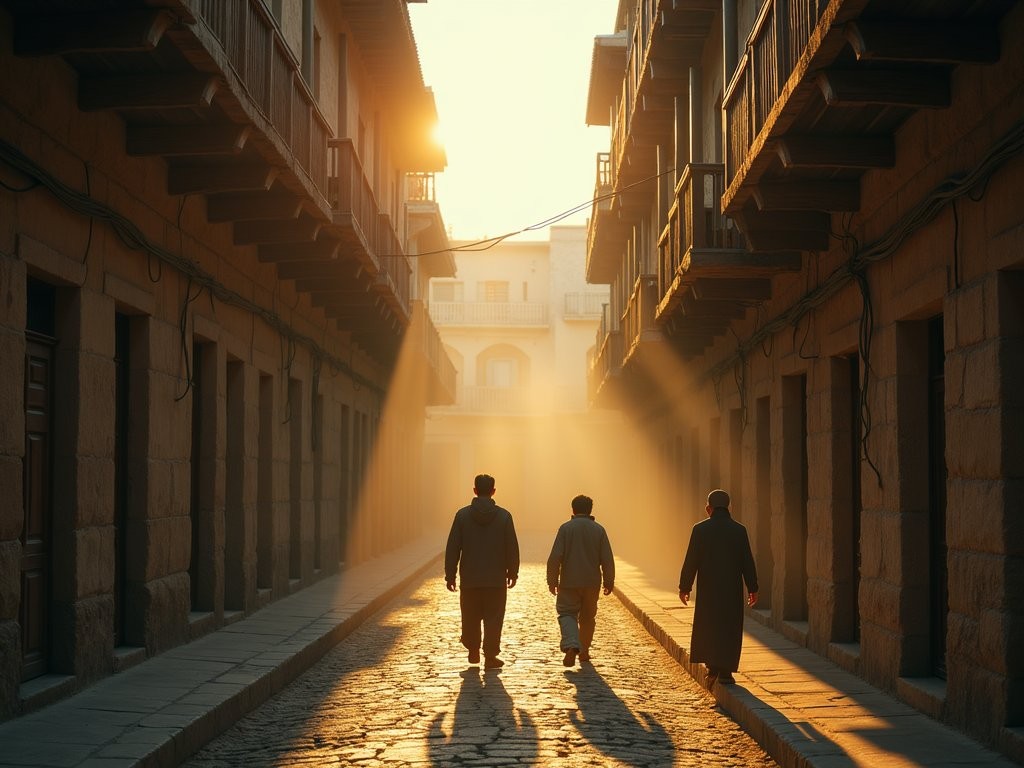
💡 Pro Tips
- Research current visa requirements at least 4 months before planned travel
- Secure specialized travel insurance that covers regions under advisory
- Connect with recent travelers through forums like Lonely Planet's Thorn Tree for up-to-date information
- Download maps and translation apps that work offline before arrival
Navigating Daily Life: Transportation and Communication
Damascus operates at a different rhythm than Western cities, something I found both challenging and refreshing. The metro system doesn't exist as tourists might expect, but shared taxis (servees) run set routes for minimal cost (about 50-75 Syrian pounds per ride when I visited). These white taxis with colored stripes indicating their routes are the city's lifeblood, though figuring out the system takes patience.
For specific destinations, yellow taxis are available but require negotiation before entering. My marketing background kicked in here—I learned quickly that stating your price confidently rather than asking theirs often resulted in fair rates. Having your destination written in Arabic is essential; I kept a small notebook with common destinations written by a helpful hotel clerk.
Walking is my preferred way to experience any city, and Damascus's compact old town is perfect for exploration by foot. However, comfortable shoes with good support are non-negotiable on these ancient cobblestones. My trusty walking shoes saved my feet on those 20,000-step days weaving through souks and historical sites.
Regarding communication, internet access exists but is inconsistent. Major hotels offer WiFi, though connection speeds reminded me of the dial-up days of the 1990s. I purchased a local SIM card from MTN near Marjeh Square for basic data and local calls. Having Google Translate downloaded offline with Arabic was invaluable, though I found that learning basic greetings and thank-yous in Arabic opened more doors than any technology.
Perhaps most importantly, Damascus runs on personal connections. The concept of wasta (influence through relationships) means that solutions to problems often come through people rather than processes. The friend of your hotel manager might be the one to help when your ATM card doesn't work, not the bank's customer service line. This relationship-based problem-solving initially frustrated my American efficiency expectations but ultimately revealed itself as one of Damascus's most beautiful cultural attributes.

💡 Pro Tips
- Learn the Arabic numerals to understand prices and taxi meters
- Have your hotel write down destinations in Arabic before heading out
- Memorize at least basic greetings in Arabic - 'as-salamu alaykum' (peace be upon you) and 'shukran' (thank you) go a long way
- Download offline maps and translation apps before arrival
The Soul of Damascus: Navigating the Souks
If Damascus has a beating heart, it's found in its ancient covered markets. The Souq al-Hamidiyah, dating back to Ottoman times, remains one of the most vibrant commercial centers I've experienced anywhere in the world. The moment you step beneath its bullet-hole-punctured metal roof (from which sunlight streams in ethereal beams), you're transported into a sensory kaleidoscope that has operated continuously for centuries.
Unlike the more tourist-oriented souks I've visited in Istanbul or Marrakech, Damascus's markets still primarily serve locals. This authenticity means better prices but requires more cultural awareness. Bargaining is expected, but it's a conversation rather than a battle. My approach was to establish rapport first—accept the offered tea, ask questions about craftsmanship, share a bit about myself—before discussing price. I found that merchants appreciated this respect for the social ritual, often resulting in both fair prices and genuine connections.
Beyond the main Hamidiyah souk lies a network of specialized markets worth exploring. Souq Midhat Pasha specializes in textiles and traditional crafts. Souq al-Bzouriyeh intoxicates with pyramids of spices, herbs, and nuts—I spent an afternoon here comparing different blends of za'atar and baharat with a spice merchant who spoke just enough English to sustain our passionate discussion about proper sumac sourcing.
For those seeking souvenirs with integrity, Damascus offers treasures that support traditional craftsmanship. Rather than mass-produced trinkets, consider items with cultural significance: inlaid wooden boxes, hand-hammered copper items, or Damascus steel (though true Damascus steel is rare and expensive). My most treasured purchase was a hand-carved olive wood box from an elderly craftsman near Bab Touma who had been practicing his art for over sixty years.
While photographs are generally welcome in public areas, I always asked permission before photographing people or their wares. Having a small, discrete camera rather than a professional setup helped me blend in more effectively. My pocket-sized travel camera captured stunning images without making me look like a photojournalist, which can raise suspicions in regions sensitive about media coverage.
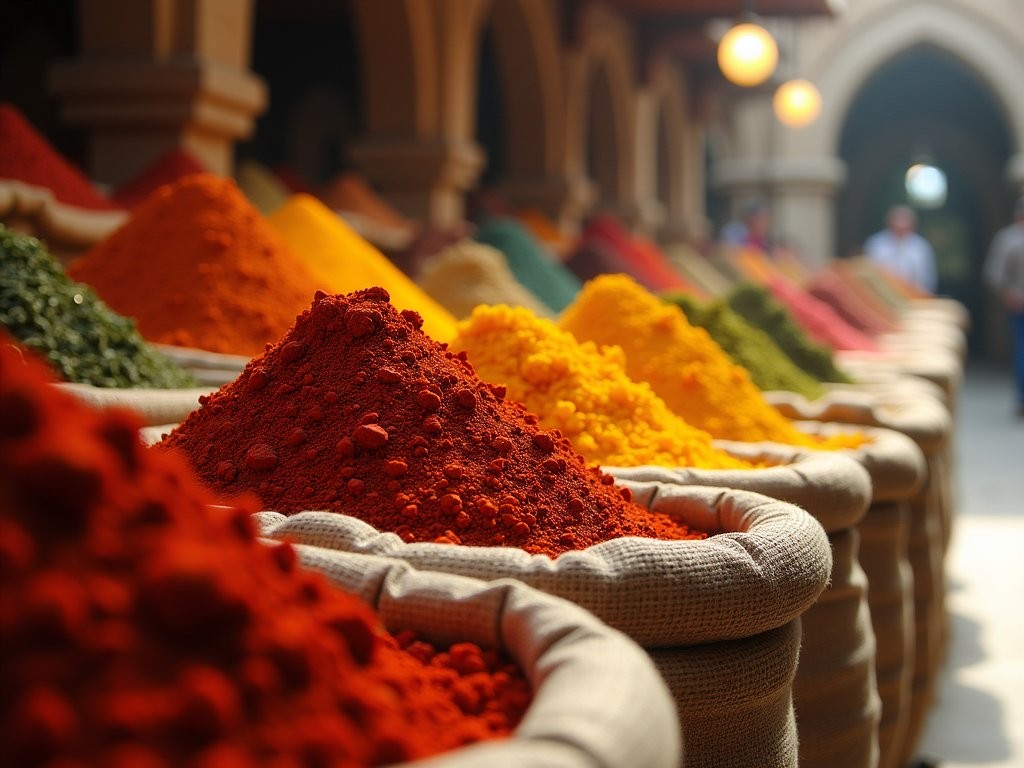
💡 Pro Tips
- Visit souks mid-morning (9-11am) when shops are open but before the midday rush
- Learn the phrase 'kam hada?' (how much is this?) but don't start bargaining unless you're genuinely interested
- Bring small denominations of Syrian pounds for easier transactions
- Look for workshops behind storefronts to find artisans creating traditional crafts
Breaking Bread: Food as Cultural Connection
In my decades of travel, I've found no better window into a culture than its food—and Damascus offers one of the world's great culinary traditions. Syrian cuisine balances sophisticated flavors with humble ingredients, reflecting its position at the crossroads of ancient trade routes.
The most authentic dining experiences happen in modest establishments rather than tourist restaurants. Near the Umayyad Mosque, I discovered Beit Jabri, a restored Ottoman house with a courtyard where locals gather for mezze and grilled meats. The manager, noticing my interest in the food, invited me into the kitchen where his mother demonstrated how she makes the perfect moutabal (eggplant dip)—a moment of connection that transcended our language barrier.
Street food provides another avenue for cultural immersion. Falafel stands dot the city, but the one near Bab Sharqi consistently had the longest local line—always a good sign. For about 200 Syrian pounds (less than a dollar during my visit), I received a sandwich that put every other falafel I've tried to shame. Similarly, the shawarma shops along Straight Street offer a quick, delicious meal for minimal cost.
Morning rituals center around coffee and bread. Syrian coffee—similar to Turkish but with its own character—is served in tiny cups and functions as social glue. I made it a habit to start each day at a different neighborhood coffee shop, where 150 pounds bought not just coffee but a front-row seat to local life unfolding. Pair this with fresh khobz (flatbread) from street bakeries, often selling loaves for as little as 50 pounds.
For those with a sweet tooth, Damascus delivers extraordinary pleasures. Bakdash in the Hamidiyah Souk has been making ice cream with an almost elastic texture (achieved by pounding with wooden mallets) since 1895. Watching the theatrical preparation is almost as enjoyable as eating the pistachio-topped result. Nearby shops offer baklava and other syrup-soaked pastries that pair perfectly with bitter Arabic coffee.
One evening, I was invited to dinner at the home of a carpet seller I'd befriended. This unexpected honor provided my most authentic culinary experience—a family-style feast featuring makloubeh (an upside-down rice and eggplant dish), stuffed zucchini, and fresh tabbouleh made with ingredients from their rooftop garden. Before eating, my host explained that Syrians believe sharing food creates a bond that cannot be broken—a sentiment that resonates deeply with my own philosophy of travel.
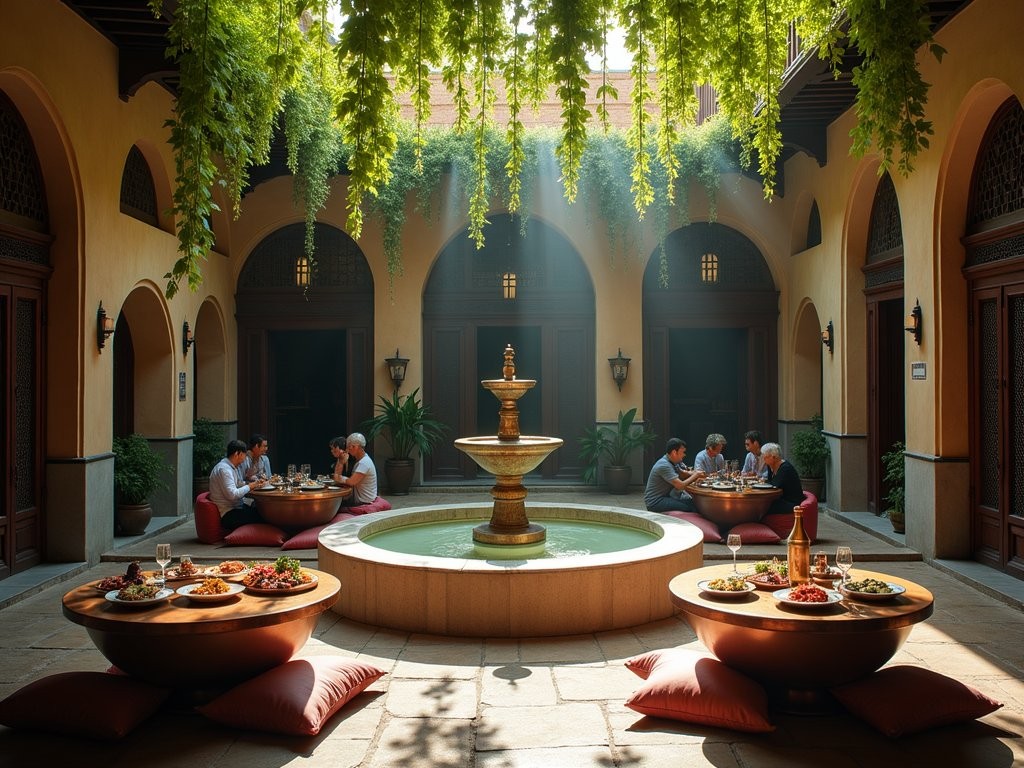
💡 Pro Tips
- Always accept offered food or drink when entering shops—it's a gesture of hospitality, not a sales tactic
- Look for restaurants filled with families rather than those catering obviously to tourists
- Try the regional specialty of cherry kebab (kebab karaz) if visiting between May and July when cherries are in season
- Ask for recommendations—Syrians take immense pride in their cuisine and will eagerly direct you to their favorite spots
Cultural Etiquette: Navigating Social Norms with Respect
Understanding and respecting cultural norms transforms you from tourist to welcomed guest—nowhere is this more true than in Damascus, where social codes remain relatively traditional despite the city's cosmopolitan history.
Dress codes matter, particularly for women but also for men. I packed lightweight, loose-fitting clothing that covered shoulders and knees—not just for visiting religious sites but for everyday movement through the city. Women travelers should consider bringing a lightweight scarf for covering hair when entering mosques or more conservative neighborhoods. My approach was to observe local residents and adjust accordingly; in upscale areas of western Damascus like Abu Rummaneh, dress codes are more relaxed, while in the Old City and around religious sites, conservative attire shows respect.
Religious sites require specific etiquette. The Umayyad Mosque—one of Islam's most significant sites—welcomes non-Muslim visitors outside prayer times, but expects appropriate behavior. Women must wear a full-length hooded robe (provided at the entrance), and everyone removes shoes. I found that spending time observing before wandering around helped me understand the space's rhythms and avoid disrupting worshippers.
Photography requires sensitivity. While architectural shots are generally acceptable, photographing people without permission is considered rude. Military checkpoints, personnel, and infrastructure should never be photographed—this could create serious problems. When in doubt, I simply asked, using universal gesture language when verbal communication wasn't possible.
Language efforts go remarkably far in Damascus. Even my terrible Arabic pronunciation brought smiles and patience. I downloaded an Arabic phrasebook to my phone and practiced key phrases daily. Beyond practical communication, this demonstrated respect that invariably led to warmer interactions.
Perhaps most importantly, leave politics at the door. Syrians have diverse and complex views about their country's situation, and as visitors, we're not there to impose perspectives or extract opinions. When conversations naturally turned to politics—which happened occasionally over late-night shisha sessions—I practiced deep listening rather than offering commentary. These moments of genuine exchange often revealed nuances that no news article could capture, but they emerged organically through established trust, never through probing questions.
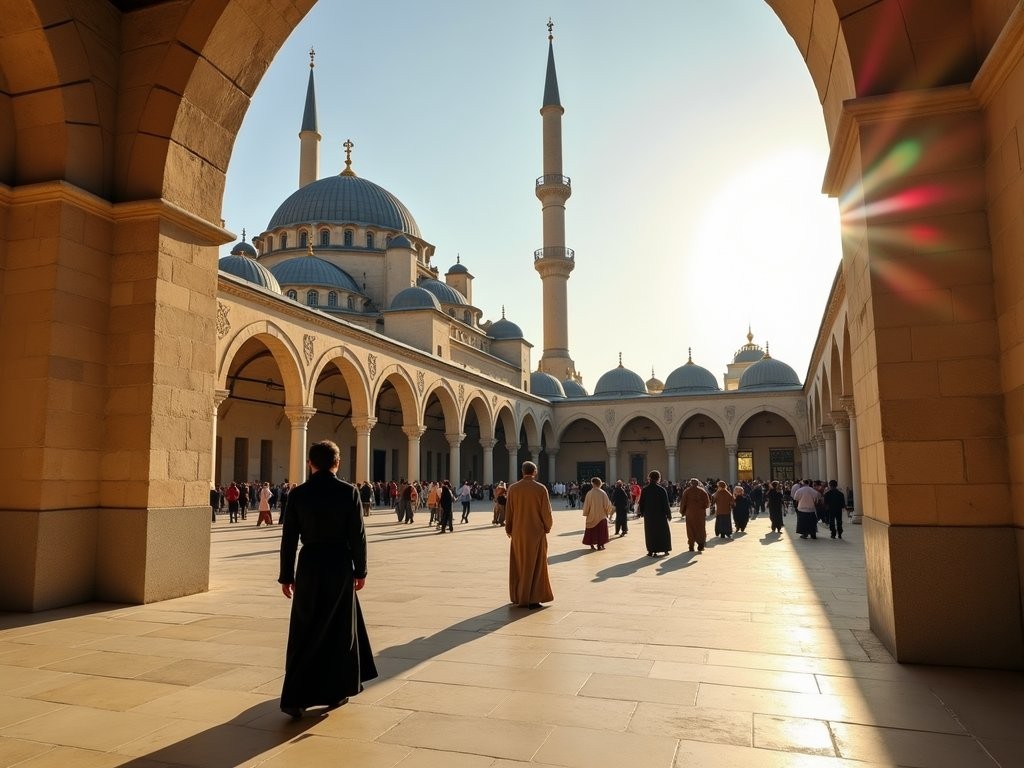
💡 Pro Tips
- Learn the difference between greetings for different times of day: 'sabah al-khayr' (good morning) and 'masa al-khayr' (good evening)
- If invited into a home, bring a small gift like quality chocolates or pastries
- Remove shoes when entering homes and some traditional restaurants
- Use your right hand for eating, passing items, and handshakes (the left hand is traditionally considered unclean)
Beyond the Guidebooks: Hidden Damascus
While Damascus's headline attractions—the Umayyad Mosque, Straight Street, Azem Palace—deserve their fame, the city reveals its most authentic self in places tourists rarely venture. My marketing background has always drawn me to observe how people actually live rather than just the showcased highlights, and Damascus rewards this curiosity generously.
The ancient Christian quarter of Bab Touma comes alive after sunset when families promenade along its narrow streets. At a tiny unmarked café near the eastern wall, I discovered an elderly gentleman who serves only one thing: a cardamom-infused coffee so transcendent I returned nightly. He refused payment on my final visit, insisting it was a gift to remember Damascus by.
Syrian craft beer might sound unlikely, but I tracked down Afamia Beer (named after the ancient Syrian city) at a few establishments in the Christian quarter. As someone who's visited craft breweries from Portland to Berlin, I was fascinated by this small brewing operation persisting despite enormous challenges. The pale ale wasn't going to win international awards, but sharing a bottle with locals who proudly explained their country's long history of alcohol production (dating to ancient times) provided context no museum could offer.
For a glimpse of contemporary Syrian culture, I sought out art spaces like the Damascus Opera House and nearby galleries where young artists display works that subtly reflect on recent history while looking forward. The Art House in Abu Rummaneh showcases emerging talents in a beautiful Ottoman-era building. While some exhibitions had English information, others didn't—yet the visual language transcended these barriers.
My most memorable 'hidden' experience came through a chance encounter with a university English professor who invited me to sit in on his advanced literature class. Watching Syrian students passionately debate the symbolism in Gabriel García Márquez's work offered a powerful reminder of our shared intellectual heritage that transcends geopolitical divisions.
For those seeking solitude, the gardens at the National Museum provide a peaceful retreat from the city's intensity. Early mornings, before the museum opens, locals practice tai chi and other exercises among the ancient statuary—a beautiful juxtaposition of living culture against historical artifacts.
Perhaps my favorite discovery was a rooftop café near Bab Sharqi with no sign, no menu, and no tourists. Accessed through an unmarked door and up three flights of stairs, it offered panoramic views of the Old City's minarets and domes. The proprietor explained they don't advertise because 'good places find good people'—a philosophy that perfectly encapsulates Damascus's hidden treasures.
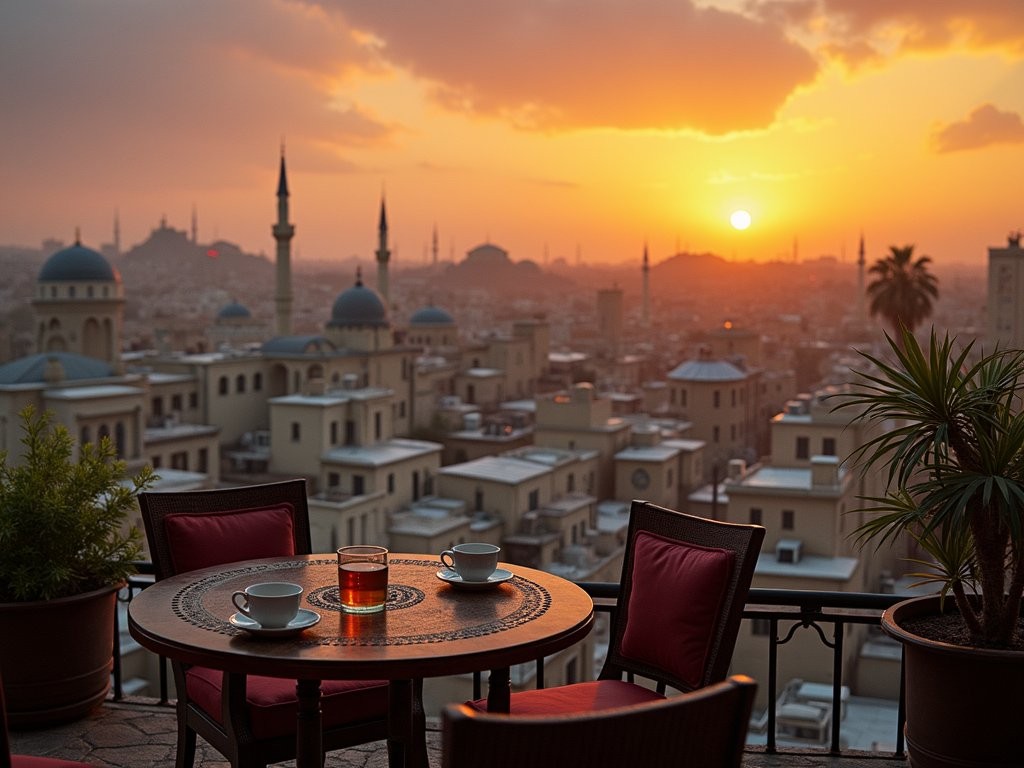
💡 Pro Tips
- Ask hotel staff or shop owners where they eat lunch—these recommendations consistently led to authentic experiences
- Explore side streets perpendicular to tourist routes, particularly early morning or evening when local life is most visible
- Visit hammams (traditional bathhouses) for a cultural experience that connects you to centuries of daily life
- Learn to recognize Damascene house architecture: look for doors with two knockers (different sounds for male and female visitors) that open to hidden courtyard paradises
Final Thoughts
As I left Damascus in the pale light of another dawn, watching the ancient city recede through my taxi window, I found myself already planning a return. This isn't a place you visit once and check off a list—it's a complex, living tapestry that reveals different patterns with each viewing. Yes, traveling responsibly in Damascus requires more research, flexibility, and cultural sensitivity than many destinations. The logistics can be challenging, and the context requires thoughtful engagement. But few places offer such profound rewards for these efforts.
What stays with me isn't just the architectural splendor or historical significance, but the small human connections: the spice merchant who insisted I take a small pouch of his family's special za'atar blend, the children who practiced English with me near the Umayyad Mosque, the elderly craftsman who showed me photographs of his work from decades before the war. These moments of connection across apparent divides represent travel at its most meaningful.
If you choose to visit Damascus, go with an open heart, humble spirit, and willingness to listen more than speak. Support local businesses, practice cultural respect, and be prepared for experiences that might challenge your preconceptions. In return, one of humanity's most enduring cities will share stories that have been eleven millennia in the making.
✨ Key Takeaways
- Responsible tourism in Damascus requires research, cultural sensitivity, and flexibility
- Focus spending on family-owned businesses to support local communities
- Learning basic Arabic phrases opens doors to authentic experiences beyond tourist zones
- Damascus rewards travelers who seek connection rather than just consumption of experiences
📋 Practical Information
Best Time to Visit
Fall (September-November) or Spring (March-May)
Budget Estimate
$30-50 USD daily excluding accommodation
Recommended Duration
5-7 days minimum
Difficulty Level
Challenging
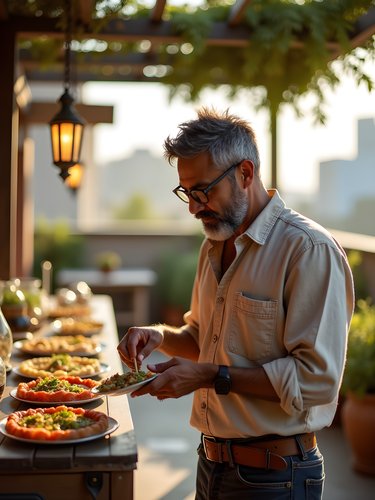
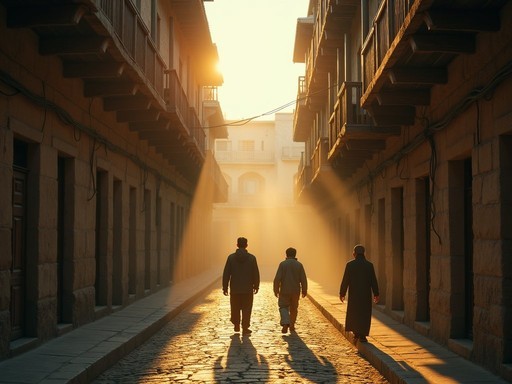
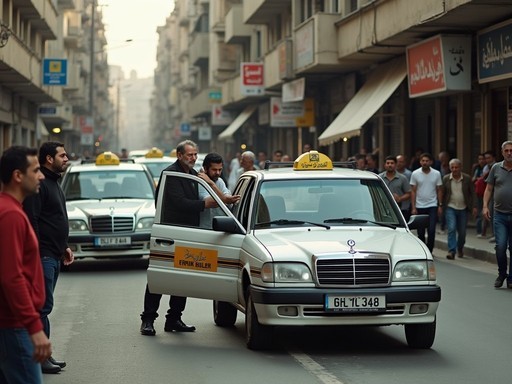
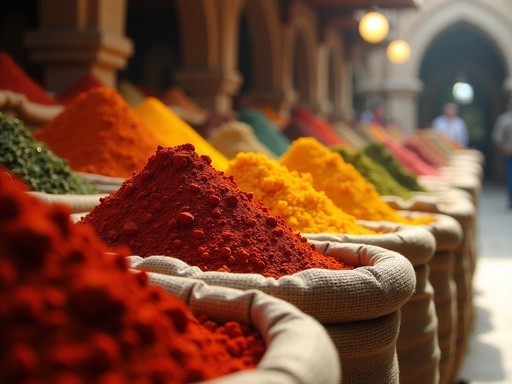
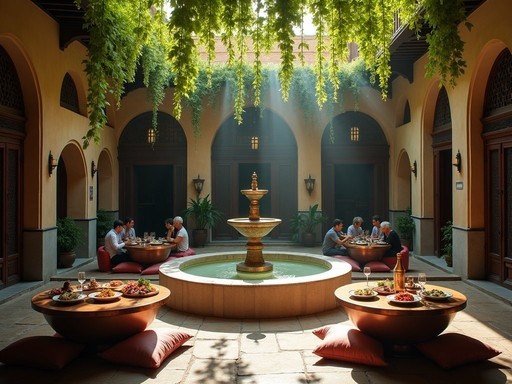
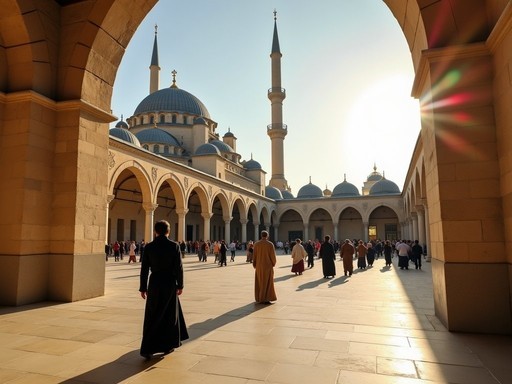
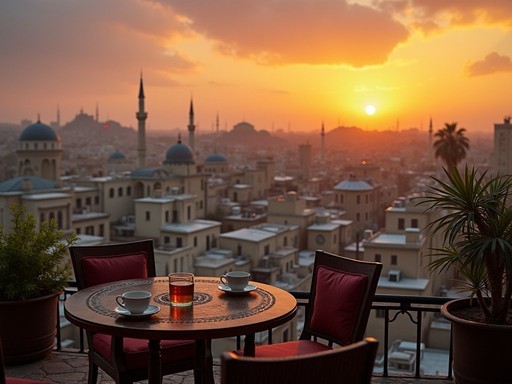







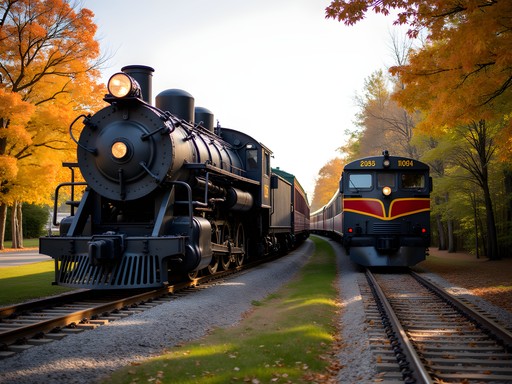
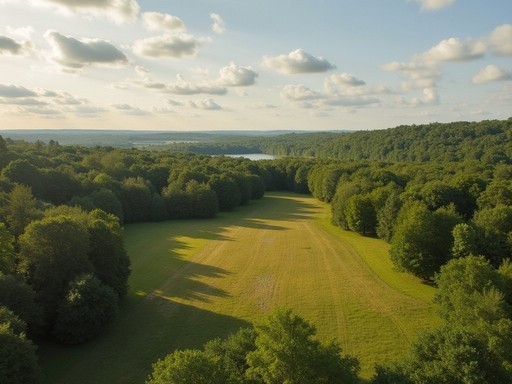
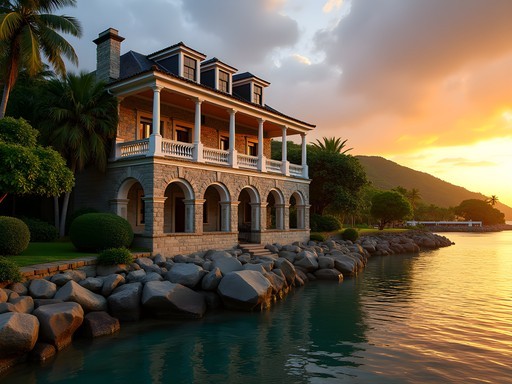
Comments
wanderlust_dreamer
Going to Damascus next month. Any recommendations for places to stay in the Old City?
smartzone
When I went last year, I stayed at Beit Zaman in the Christian Quarter. Converted old house with a beautiful courtyard. Bit pricey but worth it for the experience!
wanderlust_dreamer
Thanks for the tip! Will definitely check it out.
SoloWanderer
Thanks for sharing! Bookmarking this for future reference.
HistoryBuff
Just returned from Damascus and this guide would have been so helpful! The Umayyad Mosque was even more stunning than I imagined. One thing I'd add - don't miss the National Museum. The Palmyra exhibits are incredible, especially given what's happened there. We spent an entire afternoon and barely scratched the surface. Ahmed's food recommendations were spot-on too. We tried Al-Khawali based on this guide and the mezze spread was one of the highlights of our trip. The owner even showed us how they make their special muhammara!
Ahmed Greene
Great point about the National Museum - it's truly a treasure. And I'm so glad you had that experience at Al-Khawali! Their muhammara recipe has been passed down for generations.
travelbugg97
Those photos of the Umayyad Mosque are stunning! Adding Damascus to my bucket list!
CuriousTraveler
Going there next month, any tips on appropriate clothing for women?
Ahmed Greene
Damascus is relatively moderate, but I'd recommend modest clothing - shoulders covered, no short shorts/skirts. A light scarf is useful for visiting mosques. Most local women don't cover their hair in central Damascus, but modest dress is appreciated.
CuriousTraveler
Thanks Ahmed! That's helpful. Looking forward to my trip!
smartzone
Really want to visit Damascus but concerned about safety. How did you navigate that aspect? Was it as dangerous as western media portrays?
journeylife
I've been wondering the same thing!
Sophia Gomez
Not Ahmed, but I found Damascus itself to be quite safe for tourists. The security situation is complex and changes frequently though. I used a local guide which I HIGHLY recommend - they know which areas are fine and which to avoid. I used Syria Tours and felt completely safe the entire time. Just make sure you have proper travel insurance and register with your embassy.
smartzone
Thanks for the insight, Sophia. Did you find it easy to get a visa? That's another concern I have.
Sophia Gomez
Ahmed, this post brought back so many memories! I visited Damascus last spring and was similarly enchanted by the Old City. The Umayyad Mosque at sunset was a highlight - that golden light on the ancient stones was pure magic. I'd add that visitors should absolutely try the pistachio ice cream at Bakdash in the souk. It's been made the same way since 1885, and watching them pound it with wooden mallets is half the experience! One question: did you make it to Beit Jabri for dinner? The courtyard dining experience there was one of my favorites.
bluephotographer
Ahmed, I'm a photographer heading to Damascus in a few months. Any tips on photographing in the souks? I'm worried about the lighting conditions and also about respecting locals' privacy.
Ahmed Greene
Great question! The lighting in the souks is tricky - lots of contrast between dark corridors and bright spots where sunlight filters through. I'd recommend a camera that handles high ISO well. More importantly, always ask permission before photographing people. A smile and gesture toward your camera goes a long way. Many shopkeepers are actually proud to be photographed with their goods! Morning hours (9-11am) tend to be less crowded and more photo-friendly.
bluephotographer
Thanks so much for the tips! I'll definitely focus on the morning hours and work on my non-verbal communication skills!
journeylife
Great post! How did you manage with the language barrier? Was English enough or did you learn some Arabic phrases?
Sophia Gomez
Not the author but when I visited last year, I found that knowing basic Arabic greetings went a LONG way with locals. They really appreciate the effort!
journeylife
Thanks Sophia! Any phrases you found particularly useful?
Sophia Gomez
Definitely 'shukran' (thank you), 'sabah al-khair' (good morning), and 'ma'as-salama' (goodbye). I kept them in my notes app for quick reference!
backpackadventurer
Great post! How did you handle money there? Are ATMs reliable or should I bring all cash? And what about photography - any places where it's not allowed?
Ahmed Greene
Thanks! Definitely bring cash (USD or EUR) as international cards rarely work. There are exchange offices in the Old City with fair rates. For photos, always ask before photographing people, and avoid government buildings or anything military-related. Most religious sites allow photography but the Umayyad Mosque has specific areas where it's prohibited - just look for signs or ask locals.
Venture X
Premium card with 2X miles, $300 travel credit, Priority Pass